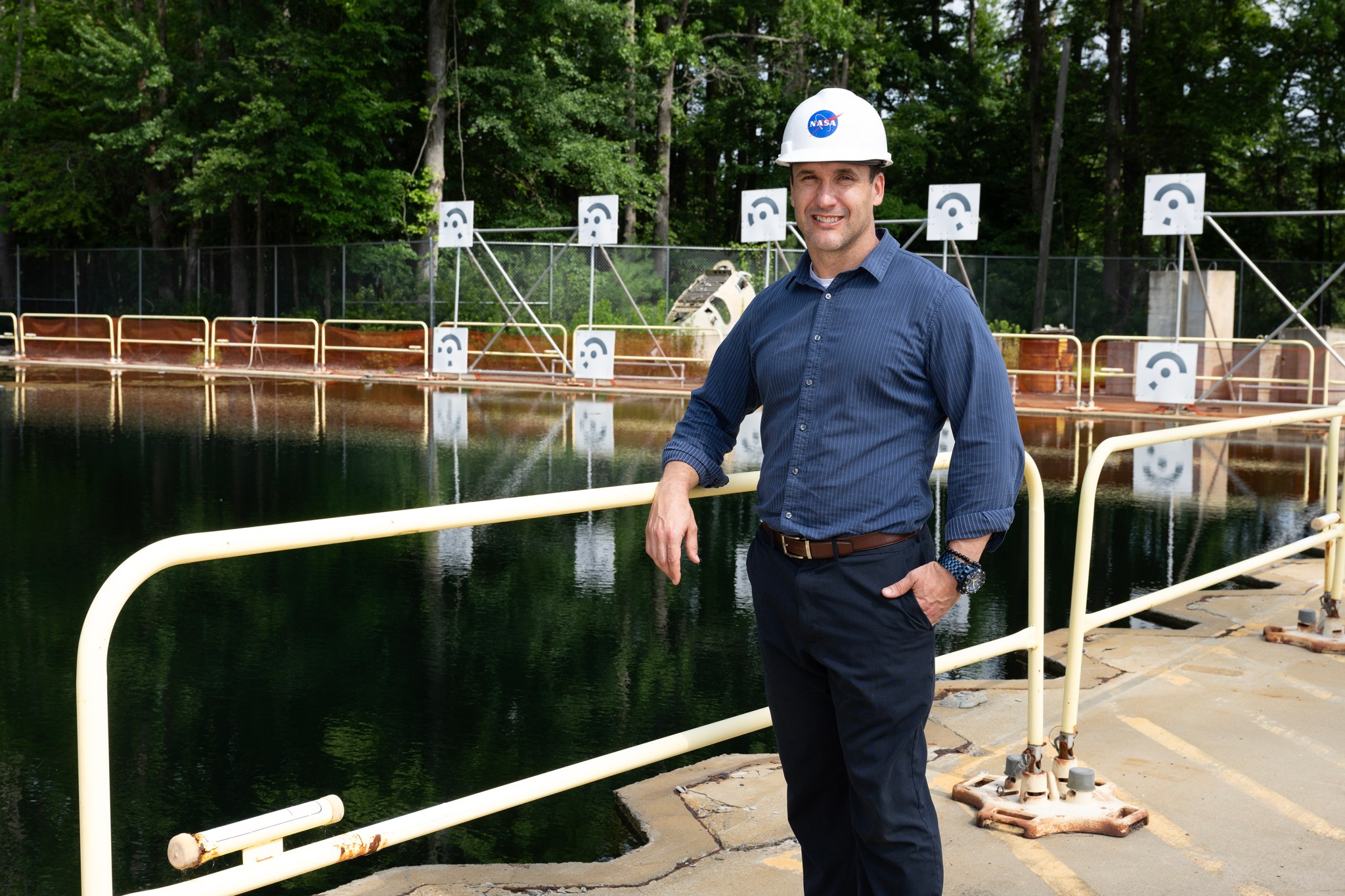As an undergraduate student, Paul Kessler spent several years working in a Level 1 trauma center, learning about systems and processes designed to keep humans alive in extreme situations. As lead designer for NASA’s lunar surface habitat, Kessler finds he sometimes pulls on his experiences as a pre-med student when designing habitats that will sustain human life beyond low Earth orbit.
“There have been times when I’ve used my knowledge from the trauma center,” Kessler said. For example, he worked with the Exploration Medical Capability Element in NASA’s Human Research Program to develop an in-space medical room with medical supplies in easy reach. “There is some consideration in my mind for the human element.”
One of those considerations is balancing the need for an astronaut’s personal space and support systems with the need for efficiency and size limits of a cargo fairing. “This is why we’re looking into inflatable softgoods technologies, which will allow us to have more of that volume or that space inside of the habitat within a smaller fairing,” he said. “Once the habitat is launched into space, it can expand, and you can have a much bigger area to work with.”
Kessler started his university education as a pre-med student at the University of Colorado in Colorado Springs. After getting a bachelor’s degree in biology, he switched his focus to aerospace engineering, earning a master’s degree from the University of Colorado. He began his aerospace career with the Department of Defense in 2004, moving to NASA on a contract in 2008 and joining the agency as a civil servant in 2017.
At NASA’s Marshall Space Flight Center in Huntsville, Alabama, he has worked with teams developing a lunar surface habitat and Mars transit habitat, and notes that there are significant differences in the development of each type.
“When you’re in space, you can use volume a lot more effectively than on the surface because you can get into areas that you wouldn’t normally be able to without a ladder or something like that. But on a surface habitat, floor space matters more.
“There are a lot more capabilities in terms of how you can do the layout and optimize the area that you can use, if you’re in space versus on the surface.
“The ability to maximize volume is important when you’re looking at the additional systems and supplies needed for a long, in-space mission versus a shorter stay on the lunar surface.”
Kessler also added microgravity makes it easier to move heavy things around in space. “If you’re on the surface, you must use lifting devices that you may not need to have as much in space because you can move, literally, a ton of stuff with your bare hands.”
Janet Sudnik
Marshall Space Flight Center, Huntsville, Ala.
256.544.0034
janet.m.sudnik@nasa.gov





























